2014 Ford Focus ST Review: America’s Sweetheart [VIDEO]
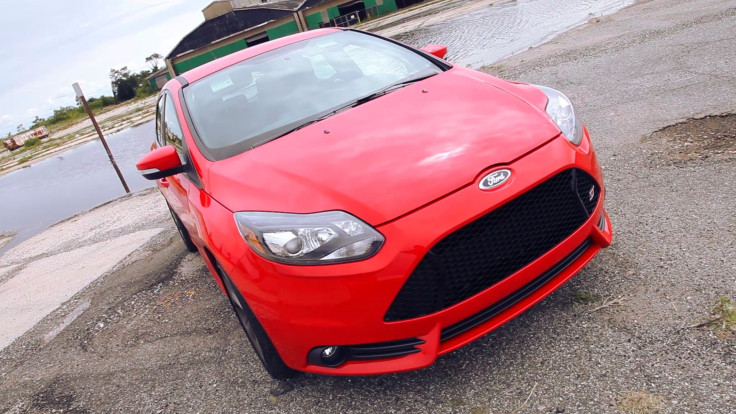
If you can afford to have only one car, the 2014 Ford Focus ST might be one of the best you can buy.
It’s based on the Mk3, or third-generation Ford Focus. It’s also the third hot version of the car, although the U.S. skipped the second-generation Focus entirely. But, in the first year of production, the Ford Motor Co. (NYSE:F) built 13,375 Focus STs at its assembly plant in Wayne, Mich.
The last time the U.S. got a performance version of the Focus was the first-generation ST, known in our land as the SVT Focus -- Ford reportedly sold 14,003 over three years. So it’s worth exploring why the new ST has become such a hit.
Exterior
From just about every angle, the car is well proportioned. Most new cars, even the sports-minded ones, have become victims of bulbous styling thanks to federal safety regulations. But, while the Focus ST has had to play by these rules like everyone else, it’s able to pull the look off surprisingly well.
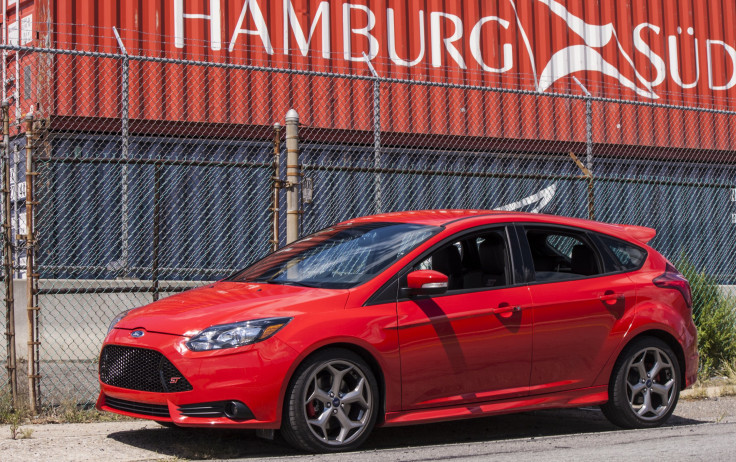
It’s aggressive, to be sure -- it’s a hot hatch, after all -- but it’s not overt. There’s a balance in the look: Yes, the car has broad shoulders and a tough stance, but it smooths out toward the rear, employing some smooth curves around the wheel arches and generous hips.
Around back, there’s a center-exit exhaust (a vastly underused styling choice, in this reporter’s opinion) to further distinguish the ST from its commuter-car brethren, and to give the driver of every car it passes a reason to do a double take.
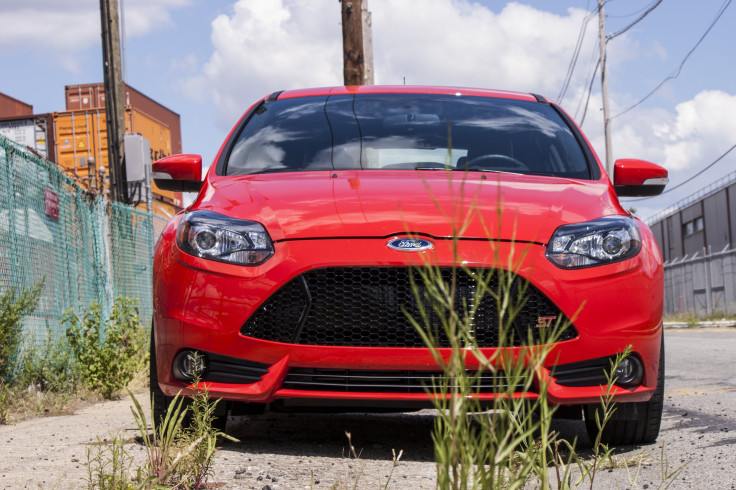
Up front, the Focus ST features the now-famous catfish grill. It gives the car a vaguely displeased face, like it disapproves of other cars being in its way.
It might be a bit too bold for some. But this isn’t a car for shy people.
Interior
The interior in all current Focuses isn’t particularly striking. It’s an inoffensive design -- the vertical air vents and rectangular center stack won’t be remembered for blazing trails in aesthetic design, but they function. The Focus ST’s living space is well put together, at least.
Ten years ago, most hot hatches had no business being anywhere near this nice inside, but Ford has crammed some quality materials into the cabin. It is pleasing to the touch, from the door cards to the center console. The special ST steering wheel is especially nice, offering a very comfortable variety of gripping positions. The chunky body helps the wheel come to hand easily for larger hands, especially during spirited maneuvers.
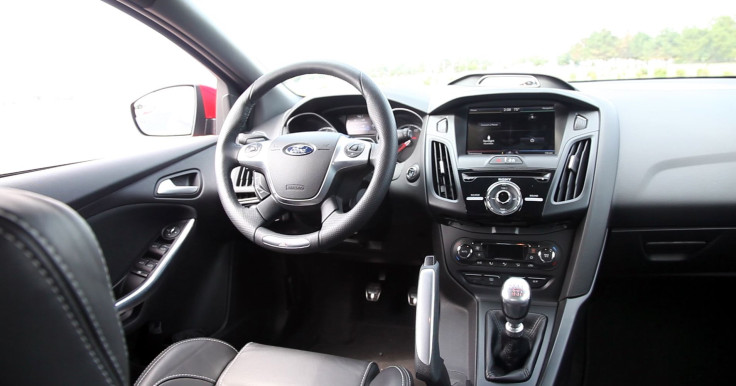
What’s more surprising is the amount of space dedicated to the driver. Five-door hatchbacks often sacrifice the comfort of those in the front seats (the Fiesta ST, for example) in the pursuit of rear-seat space. It’s almost the same room granted to older, three-door Focus variants, which is a huge plus for opponents of five-door hatchbacks (myself included).
Most Focus STs (ST2 and ST3 models) come with Recaro bucket seats, but our test model was equipped with the full leather, all-black Recaros. Truth be told, the cloth insert models are the better choice -- they are not only cheaper, but also spice up what’s otherwise a very serious interior. Something a bit more outlandish suits a car like this.
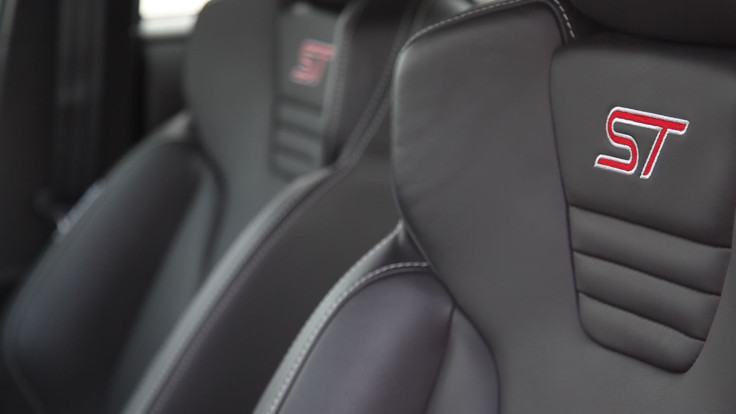
Still, they’re the best seats I’ve felt in years. They are extremely supportive on the serpentine mountain roads in upstate New York, and quite comfortable during daily runs and shopping trips. They’re easy to get into and out of, which doesn’t sound like much, but some bucket-style seats are so deep that they make it a pain to get in and out of the car.
Opting for the ST2 or ST3 trim also means that the Focus’ center console is dominated by an 8-inch touch screen, with Microsoft Sync as the operating system. It doesn’t work that well.
Toys

The touch screen is pretty similar to the one Ford uses in the Fiesta ST, meaning it’s got the same spotty hit detection and uses the Sync interface. Let it suffice to say you’re still better off using your smartphone for maps, navigation and the like. The optimal solution will probably be CarPlay/Android Auto, once ready for the mainstream.
However, there is good news.
Sony’s responsible for the sound system in the Focus ST, and the one they packed into this car (mercifully) has a subwoofer. It’s a bit of a weird system -- it doesn’t get progressively louder in the first half of its range, instead having volume levels ranging from SAT testing room to confessional booth. Then you get just over halfway and, oh, there’s the sound system.
Once you get it loud, the setup produces a fantastic amount of bass and midrange sounds, although it’s a bit lacking in treble. Atmosphere (hip-hop/rap) sounded great, but Shooter Jennings (country) felt a bit flat. It’s a good system, but it has to be cranked up to be enjoyed.

When the stereo isn’t cranked, the Focus ST’s sound symposer funnels a sweet intake sound into the cabin. You get a growl funneled in at lower RPMs (most noticeable in the 2,000-4,000 RPM range), and, while it’s not natural per se, it’s not a bad thing. It sounds like any other good four-cylinder engine with an aftermarket cone air filter installed.
Drivetrain
So here’s where it gets really interesting. The Focus ST’s engine is a two-liter four-cylinder with a big turbo, bolted to your choice of one transmission: a six-speed manual. Official numbers put the car at 252 HP and 270 TQ.
Does it ever feel that powerful? No. But that’s not necessarily a bad thing.
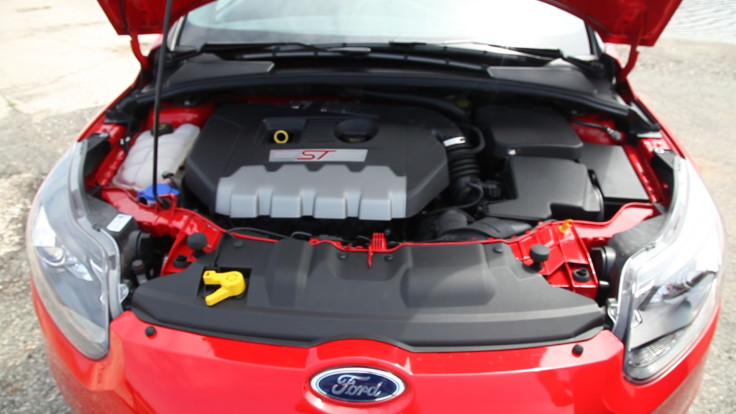
This doesn’t mean the Focus ST is slow -- it’s actually still faster than a Fiesta ST in a straight line, at least. It’s probably faster around a few racetracks, too, although money says a Fiesta ST would leave it for dead on most autocross courses.
But it never rips your face off. It’s not like turbo cars of old, where the turbo spools, then a symphony of noise invades the ear and the car zooms forward. The Focus is different -- it dutifully surges along, with a remarkably flat power curve for a turbocharged car. It feels more linear than that, almost like a supercharged car.
Another upside to this linearity is that there’s still plenty of torque to drive around off-boost, which is nice for both preserving some semblance of decent gas mileage. It can be driven like a normal human being without complaining, and passengers might never know how quick this car really is (assuming the exterior hasn’t clued them in already).
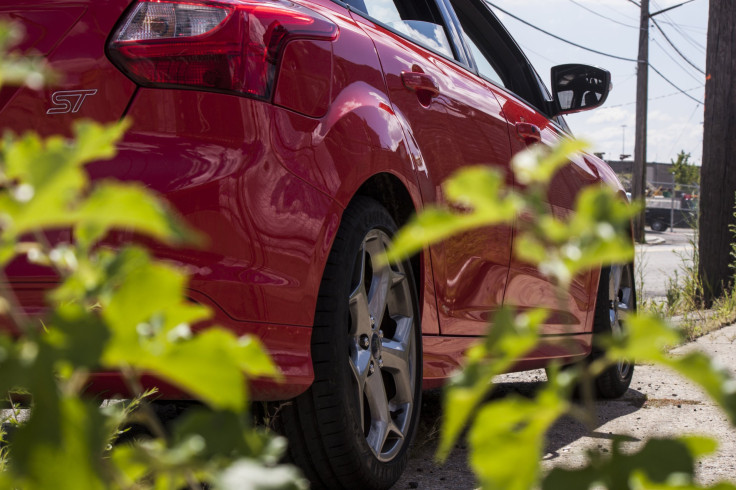
We averaged 25 mpg in mixed driving (about 60/40, city to highway). The car will cruise at 65 mph all day and give you 32-plus mpg on long hauls. If you’re responsible, the costs to run one of these is very reasonable.
But what about the transmission? As mentioned previously, the only one offered in the ST is a six-speed manual. It’s nice to see a manufacturer staying old school.
The gearbox is decent -- it’s not particularly memorable, but it gets the job done. The throws are sort of long, and the gear lever sits high, but small Fords have been like that for a while now. It’s a comfortable shifting position, and it doesn’t take much effort to actually move the shift lever. It’s an accessible, forgiving transmission that you could easily live with every day.

If it weren’t for the clutch.
The Focus ST’s clutch just -- gives you everything at once. The clutch’s catch point is really high, close to the firewall. Needing that little pedal travel would be fine, but then there’s an extra two inches left on the pedal throw, meaning your brain is confused at first. Those extra two inches don’t really do anything, so it’s an odd motion to get used to. The experience was more familiar a week into the test, but it isn’t ideal.

That’s not the only pedal problem, however. The Focus ST has a ludicrous brake-to-accelerator-pedal relationship: The brake pedal is placed so much higher that it’s impossible to hit it and the gas at the same time for a heel-toe downshift without braking like a madman. Not that there’s room to do so, anyway -- there’s no space beside the gas pedal to accommodate a perpendicular foot.
It doesn’t ruin the experience, but it is annoying.
Handling/Ride
The Focus ST is a fantastically balanced car when it comes to handling.
It’s amazing what an independent rear-suspension setup does for a car. Sure, the Focus is much heavier than it used to be (around the same weight as the Fiesta), but it can still swing and pop like it did when it was younger.
Lift-off oversteer is the probably the best characteristic a front-wheel drive car can have, and the Focus ST grants it in spades. Once you start tossing the car around, you forget about the weight -- the car encourages you to be a hooligan. Sure, there’s a lot of grip thanks to the big 235 series tires, and you can definitely tackle corners the fast way if you want.
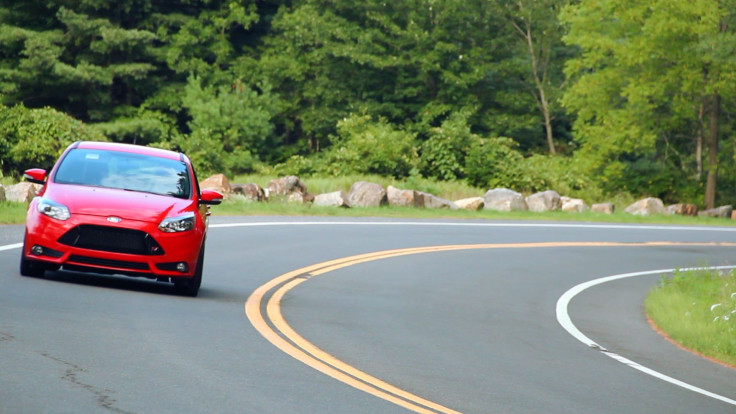
But when you want to play, it’s hilariously easy to get the Focus ST to dance.
The car will just beg for more, since it makes sure you have an easy time controlling it. Even though electronic, the steering is just about perfect. It’s a bit slow and overboosted at slow speeds, but when the hammer is down, the feedback is well-weighted and precise. Reactionary beliefs about the superiority of hydraulic steering systems will still exist (this reporter’s included), but this electric system makes a great case for itself.
The best part about Ford’s setup is that, when you’re done being an idiot, the car settles down like nothing ever happened. It’s actually rather comfortable.
It’s not a Lincoln Town Car, but it’s so much better than one would expect from a sport compact with 18-inch wheels and low-profile tires. Again, credit the independent rear suspension and some of the Focus’s heft for keeping things composed.
It’s a crazy car when the mood strikes (trust that it will strike you early and often), but it’ll get you home after a tough day with zero issue.
Value
Here’s where things get a bit complicated.
Chances are, if you’re looking to buy a Focus ST, you’ve weighed it against the Fiesta ST. Sure, the Fiesta is lighter and more nimble, but the Focus has more power and space.
We’ll put this out there -- we found, in the real world, the Focus ST is better than the Fiesta ST. But the Focus ST has a lot of competitors, especially in its price range. The model we had was more than $27,000, which is encroaching on Subaru WRX territory.
But, aside from (possibly) the MKVII Golf GTI, we doubt there’s a better balance in the price range.
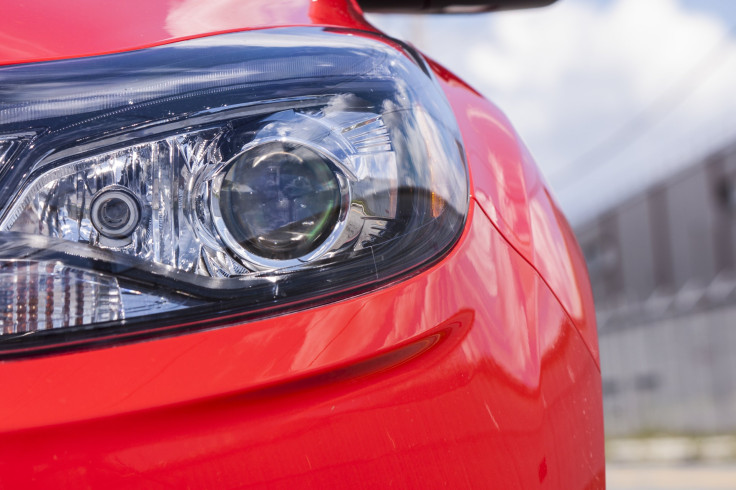
Verdict
We can’t help but like the Focus ST. It isn’t perfect (although, at times, it feels like it’s close), but we’d never fault anyone who buys one.
© Copyright IBTimes 2024. All rights reserved.






















